The richest travel experiences generally come when we venture off of well-worn tourist trails and discover routes known only to locals and seasoned travelers. These routes are not included in regular guidebooks, rarely pop up in social media videos, and occasionally have no official designation.
Instead, they offer true experiences in places and cultures still unscathed by mass tourism. These are 20 amazing travel routes that lie beyond official maps and conventional tours.
Each offers unique insights into its regions to those who will pause long enough to visit the lesser-known parts of our planet.
The Shepherd’s Paths of Abruzzo
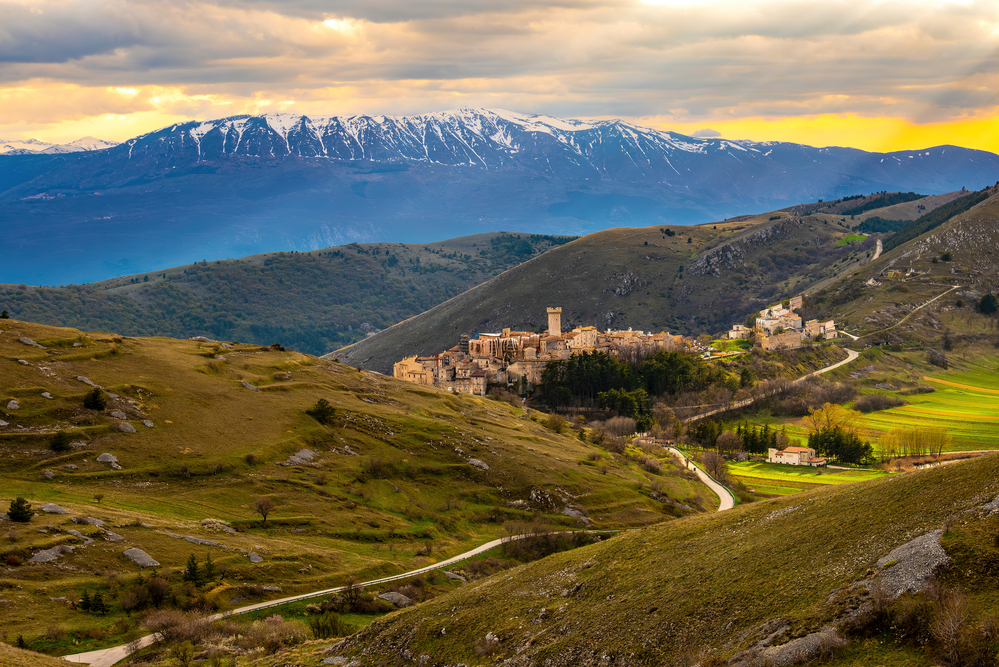
High in central Italy’s Apennine Mountains, a network of ancient trails connects remote mountain villages through landscapes unchanged for centuries. These paths, originally created for seasonal livestock movement, traverse wildflower meadows and beech forests where Marsican brown bears still roam.
Local shepherds occasionally lead informal walks for visitors willing to rise before dawn, sharing traditional knowledge of weather patterns and edible plants passed through generations.
Havana’s Rooftop Circuit

Above the tourist-filled streets of Old Havana exists an informal network of connected rooftops where locals socialize, garden, and hold impromptu music sessions. Accessible only through personal connections or local guides, this elevated community reveals domestic life, urban agriculture, and spectacular views of the city invisible from street level.
Residents have created ingenious systems for moving between buildings, growing food in limited space, and collecting rainwater that demonstrate Cuban resourcefulness.
Like Travel Pug’s content? Follow us on MSN.
The Forgotten Railway of Montenegro

An abandoned narrow-gauge railway line between Nikšić and the Albanian border has evolved into an unofficial hiking route through some of Europe’s most dramatic mountain scenery. Tunnels carved through limestone mountains open to reveal breathtaking valleys, while former station buildings now serve as informal shelters for hikers.
Local families in remote settlements along the route occasionally offer meals and accommodation in homes where traditional Montenegrin mountain culture remains vibrant.
The Fruit Pickers’ Journey Through Tasmania

Seasonal workers have mapped an informal circuit of Tasmania’s fruit-growing regions that follows harvest seasons throughout the year. Starting with summer berries in the south, continuing to autumn apples in the Huon Valley, and finishing with winter citrus in the north, this route reveals agricultural Tasmania through its working landscapes.
Farmers often provide simple accommodation in exchange for harvest help, creating opportunities for a deep connection with the island’s food traditions.
Kerala’s Backwater Villages
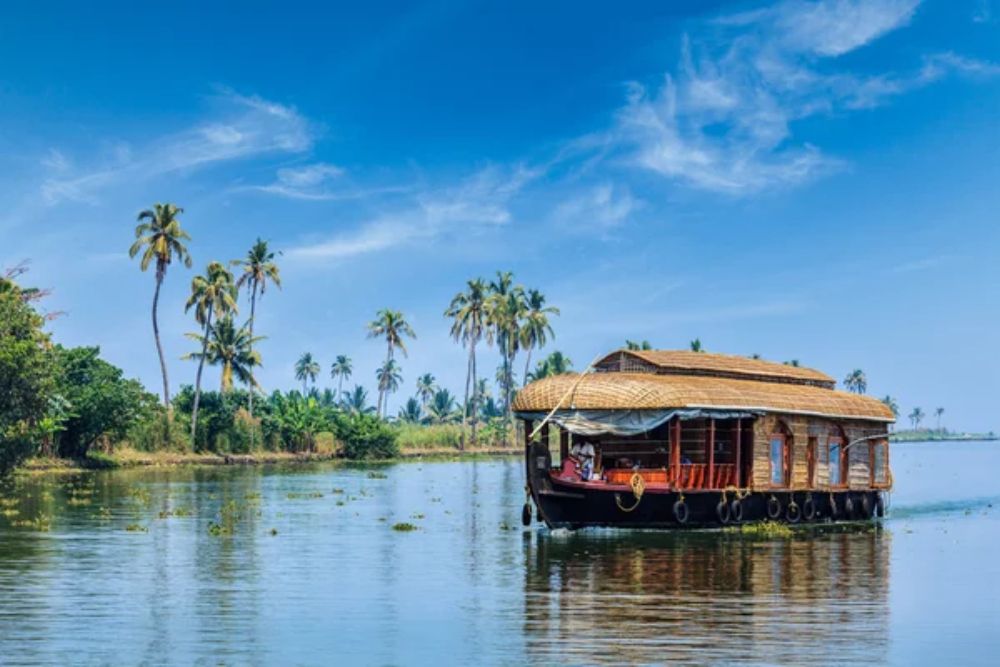
Beyond the popular houseboat routes of Kerala’s backwaters lies a network of smaller canals accessible only by canoe, connecting villages rarely visited by outsiders. These waterways reveal daily life along the water — children commuting to school by boat, floating markets exchanging goods, and traditional crafts like coir making and toddy tapping.
Local families occasionally host travelers in simple rooms, offering authentic home cooking and insights into a way of life defined by water.
Like Travel Pug’s content? Follow us on MSN.
The Mountain Tea Route of Taiwan
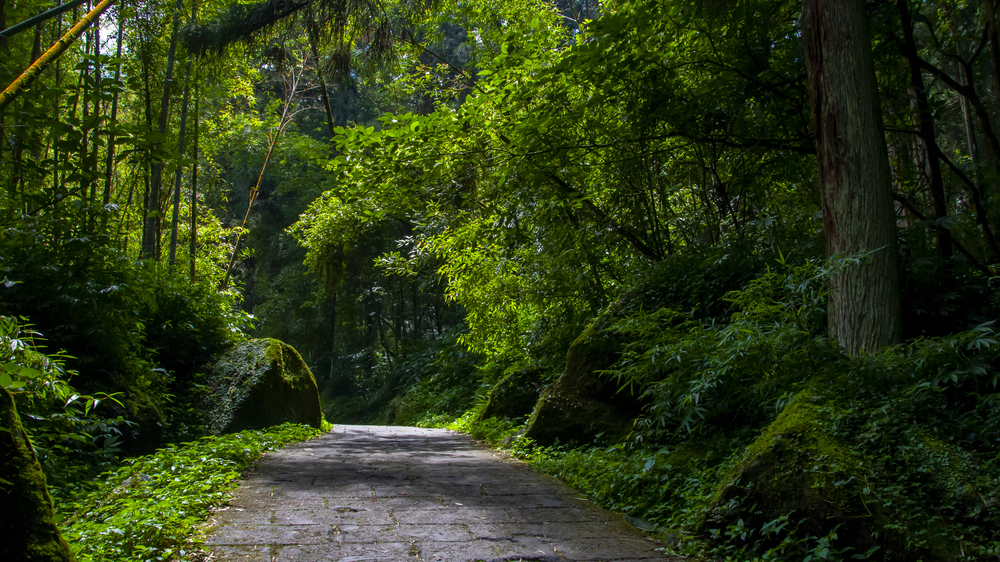
High in Taiwan’s central mountain range, indigenous Taiwanese communities maintain ancient footpaths connecting villages known for distinct varieties of high-altitude tea. Used primarily by tea merchants and foragers for medicinal plants, these trails traverse cloud forests and bamboo groves where traditional harvesting practices continue.
Village elders sometimes welcome respectful visitors with tea ceremonies and stories that connect landscape features to tribal mythology.
Morocco’s Date Palm Oasis Network

Deep in southern Morocco, a string of oasis communities linked by ancient trading paths creates a route through the pre-Saharan landscape rarely seen by conventional tourists. These paths, still used by traders moving goods by donkey and foot, connect walled villages where traditional adobe architecture and ingenious irrigation systems harness limited water resources.
Seasonal festivals celebrating date harvests provide windows into agricultural traditions dating back millennia.
The Ghost Timber Towns of Vancouver Island

On Vancouver Island’s remote western edge, abandoned logging communities connected by overgrown roads create an informal circuit through temperate rainforest recovering from industrial logging. These settlements, accessible by boat or rough forest roads, feature decaying infrastructure being reclaimed by some of the world’s most productive forests.
Former residents occasionally return as unofficial guides, sharing stories of boom-and-bust resource economies and indigenous histories predating European arrival.
Like Travel Pug’s content? Follow us on MSN.
The Fishermen’s Coast of Northeast Brazil

Along Brazil’s northeastern coast, small fishing communities separated from tourist developments maintain coastal paths traversing pristine beaches, mangrove forests, and dunes. Fishermen still navigate these shores using knowledge of currents, winds, and stars passed through generations, occasionally allowing visitors to join traditional fishing outings.
Evening gatherings where the catch is shared often feature regional music, such as forró, played on handmade instruments.
The Monastic Hinterlands of Armenia

In the highlands surrounding popular Armenian monasteries, informal footpaths connect sacred springs, meditation caves, and ruins of ancient hermitages rarely visited by foreign travelers. Local pilgrims still use these routes for religious observances, maintaining small shelters where traditional hospitality extends to respectful outsiders.
Seasonal festivals at remote chapels feature ancient religious music, ritual food preparation, and ceremonies that blend Christian and pre-Christian elements.
The Hunter-Gatherer Trails of Borneo

Indigenous communities in Borneo’s interior maintain an extensive network of jungle paths used for hunting, gathering medicinal plants, and visiting neighboring settlements. These narrow tracks through primary rainforest reveal ecological knowledge developed over thousands of years, including sustainable harvesting practices and a sophisticated understanding of plant properties.
Village headmen sometimes permit visitors to join foraging expeditions where traditional knowledge of the forest is shared through direct experience.
Like Travel Pug’s content? Follow us on MSN.
The Nomadic Corridors of Western Mongolia
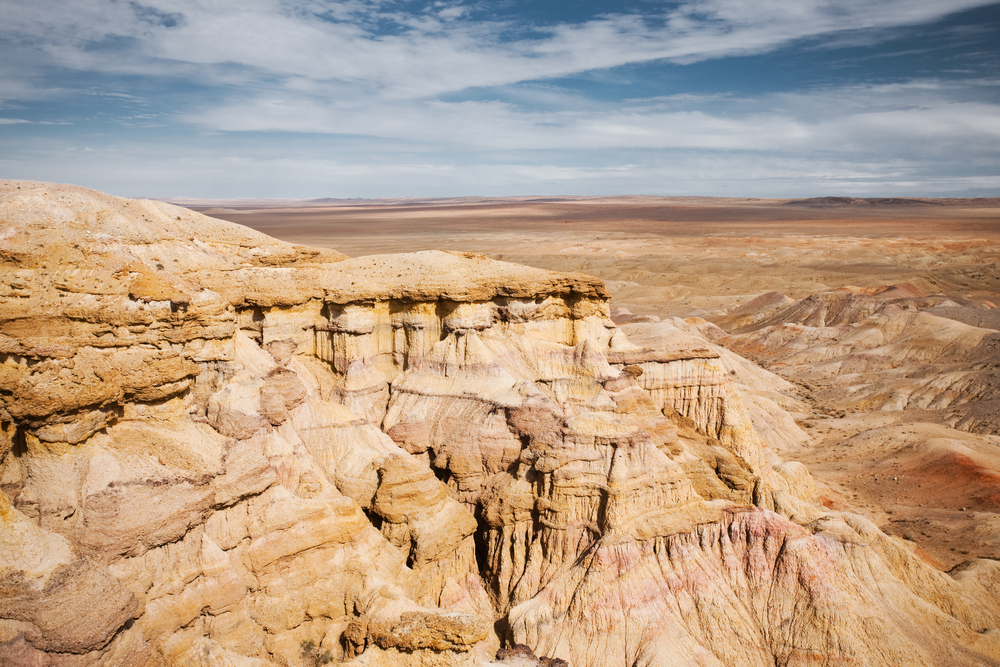
Kazakh and Tuvan nomadic herders in Mongolia’s western provinces follow seasonal migration routes through spectacular mountain landscapes that remain largely unmapped. These pathways, determined by ancient knowledge of grazing conditions and water availability, traverse alpine meadows, desert steppes, and high mountain passes.
Nomadic families occasionally welcome travelers to stay in their gers (yurts), sharing daily activities from milking horses to hunting with golden eagles.
The Salt Traders’ Route of Ethiopia
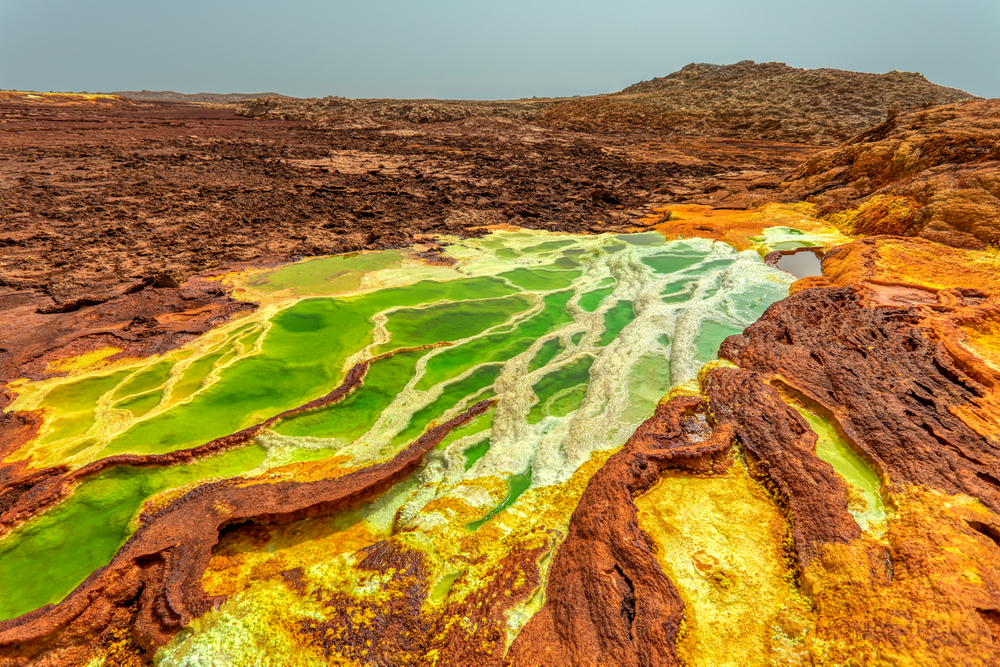
In Ethiopia’s Danakil Depression, camel caravans still transport salt along routes unchanged for centuries, connecting the salt flats near Lake Assale with highland markets. These paths traverse one of Earth’s most extreme environments where temperatures regularly exceed 120°F, requiring intimate knowledge of water sources and night travel.
Afar guides sometimes permit travelers to join portions of these journeys, offering rare insights into desert survival techniques and trading practices dating back to ancient Axum.
The Agricultural Terraces of Eastern Nepal

In Nepal’s eastern regions, traditional footpaths connect villages built around spectacular agricultural terraces cut into steep mountainsides. These trails, used primarily for transporting crops and visiting family in neighboring communities, reveal sophisticated farming techniques adapted to extreme vertical landscapes.
Homestays with farming families provide opportunities to participate in agricultural activities from rice planting to millet harvesting alongside stunning Himalayan views.
Like Travel Pug’s content? Follow us on MSN.
The Reindeer Migration Routes of Sámi
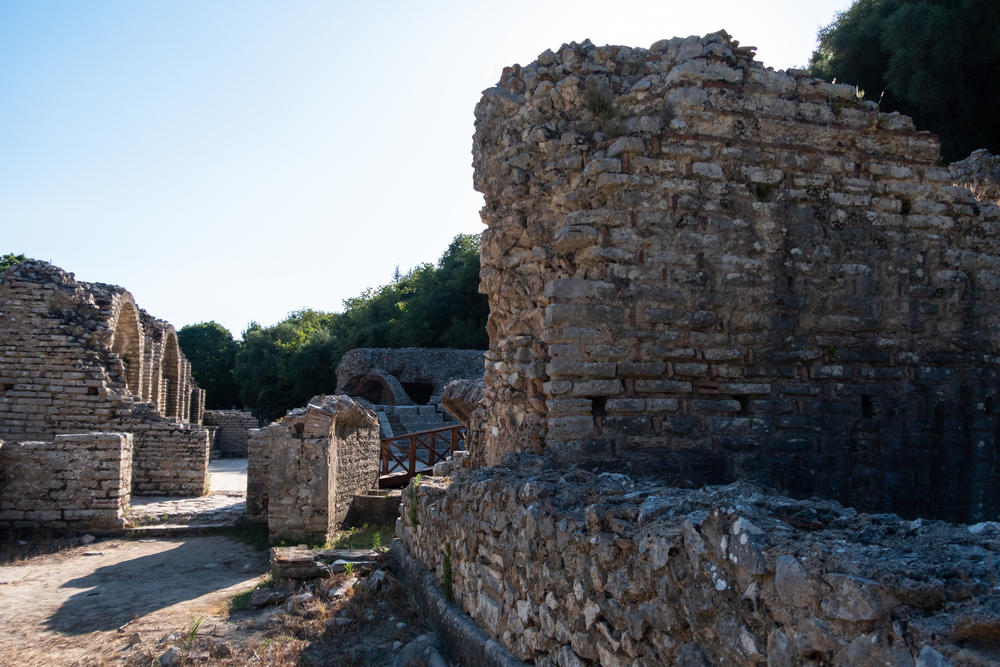
Across northern Scandinavia, indigenous Sámi communities follow ancient seasonal migration paths tracking reindeer herds between summer and winter pastures. These routes, known through oral tradition rather than maps, traverse landscapes of tundra, boreal forest, and coastal plains.
Some Sámi families allow respectful visitors to accompany migrations, sharing traditional knowledge about navigating harsh Arctic environments and sustainable use of northern resources.
The Cargo Boat Network of Amazonian Peru

In Peru’s northern Amazon region, cargo boats transporting goods between communities create an informal transportation network along tributaries rarely visited by conventional tourists. These working vessels move through changing riparian habitats, where pink river dolphins surface alongside traditional fishing canoes.
Village stops reveal diverse indigenous communities where traditional crafts, medicinal plant knowledge, and culinary traditions remain vibrant away from established tourism circuits.
The Aromatic Trails of Oman’s Dhofar Mountains
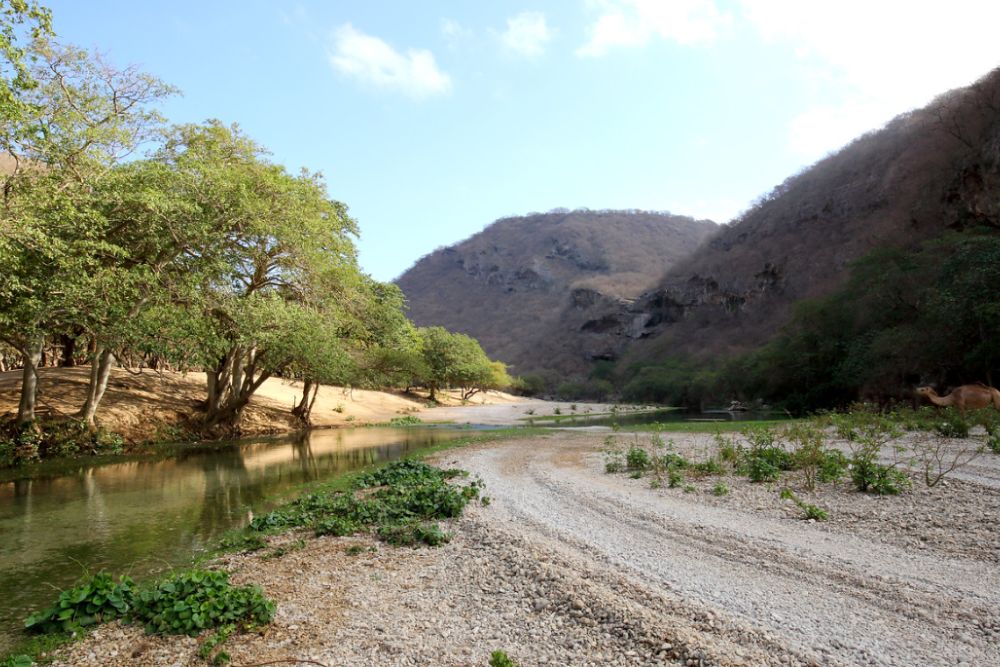
In southern Oman’s Dhofar region, ancient paths used for harvesting frankincense connect hidden valleys and limestone caves through mountains that turn unexpectedly green during the summer monsoon. These trails, known primarily to the families who have harvested aromatic resins for generations, reveal microhabitats where rare plant species thrive.
During the harvest season, collectors sometimes welcome visitors to camp alongside them, demonstrating traditional techniques for identifying quality resins and sustainable harvesting methods.
Like Travel Pug’s content? Follow us on MSN.
The Underground Rivers of Mexico’s Yucatán

Beyond the famous cenotes lies a network of connected underground river systems known primarily to Maya communities, which have maintained sacred relationships with these waters for centuries.
Local guides from traditional communities lead occasional journeys through less-visited cave systems, where ancient offerings still remain in chambers used for ceremonies. These subterranean waterways reveal both geological wonders and cultural histories absent from mainstream tourism narratives.
The Marble Villages of Northern Portugal
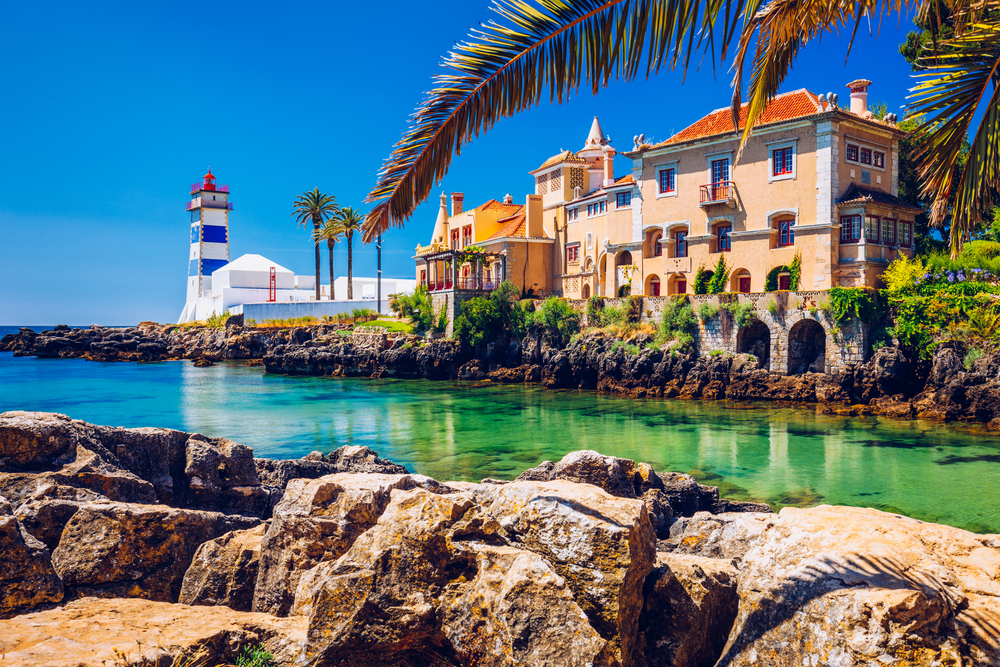
In Portugal’s remote northeast, shepherds’ paths connect schist villages built from local stone, creating routes through landscapes of terraced vineyards and ancient olive groves. These communities, some nearly abandoned during the 20th-century rural exodus, maintain traditional agricultural practices, including bread-baking in communal ovens and seasonal festivals marking agricultural transitions.
Village elders sometimes share stories connecting landscape features to local mythology and historical events absent from written records.
The Pilgrimage Routes of Japan’s Interior
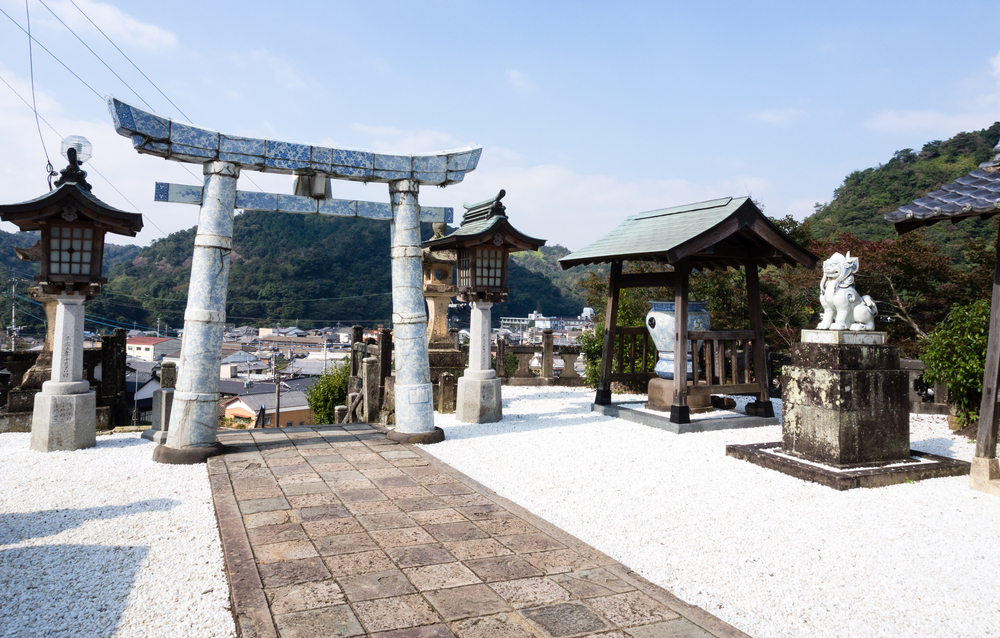
Beyond the famous Kumano Kodo lie hundreds of local pilgrimage paths connecting sacred mountains, forest shrines, and remote temples across Japan’s rural interior. These routes, maintained by local communities rather than tourism authorities, traverse landscapes central to regional spiritual traditions blending Buddhist, Shinto, and animist elements.
Temple caretakers and shrine priests occasionally offer guidance to respectful visitors, sharing local interpretations of sacred geography invisible on conventional maps.
Like Travel Pug’s content? Follow us on MSN.
Finding Your Unmapped Journey

The most profound routes tend to come from interactions with locals, serendipity with travelers, or simply going with curiosity instead of itineraries. Such paths are not like lines on a map but lived experiences shared through stories, local wisdom, and direct interaction with locations and inhabitants.
The actual adventure begins when we set aside our presuppositions, listen carefully to those who know places intimately, and allow ourselves to be guided by something more profound than digital directions. In a more documented and open world, the most life-altering travels still occur off the edge of the map.
More from Travel Pug

- Cities Growing so Fast You Won’t Recognize Them in 10 Years
- 13 Destinations Where Tourists Regularly Regret Their Trip
- 20 Obscure WWII Sites Even History Buffs Don’t Know About
- 10 Under-the-Radar Mountain Towns That Are Both Affordable and Beautiful
- 20 Abandoned Places That Feel Like Real-Life Post-Apocalyptic Movie Sets
Like Travel Pug’s content? Follow us on MSN.
